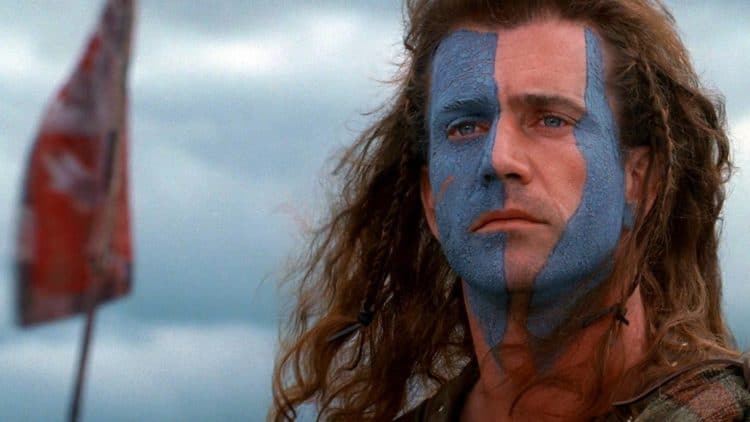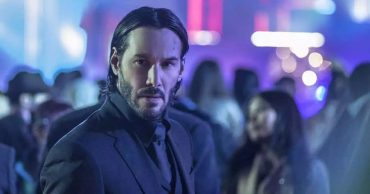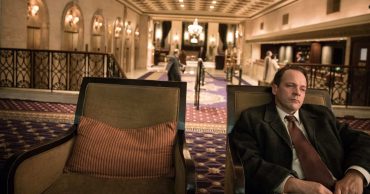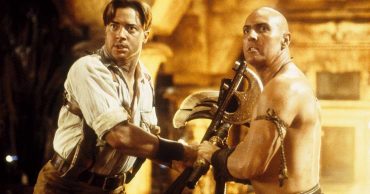
A lot of us love a good movie full of epic battles and the kind of warfare that makes for good cinema. But the unfortunate thing is that a lot of it isn’t realistic and when it does get real, some people find they can’t stomach it, or they figure that it’s somehow not exciting enough. First off, it’s war, it wasn’t meant to be exciting or even entertaining, it was an act taken when neither side could agree to a compromise, just as it is in the modern era. Secondly, any veteran that’s seen combat could relay to the naysayers that war, or even a skirmish, is not as thrilling as the movies make it look. Saving Private Ryan and a few medieval movies that have gotten it right are far more accurate than most since they show the utter horror that soldiers and their commanders faced upon entering the battlefield, and while there was glory to be had, maybe, at the end of the fight, there was very little if any glory during a battle in which people could be horribly maimed or die agonizing, painful deaths. Movies are made to show a romanticized version of war, but rarely do they show the abject horror that comes from the stark reality. Unfortunately this also means they tend to take a lot of artistic license with many other notions that went into the making of said battles.
Here are just a few things that movies tend to get wrong when it comes to medieval warfare.
5. Formations were a big part of warfare
In a lot of movies it’s possible to see how formations start and how they can hold together and give one side a huge advantage as they move as one, slaughtering the other side if they decide to come at the wall or the mob one or two at a time. A fortified formation can decimate an army if they hold together and the soldiers rely on the people next to them to hold the line. You’ve likely heard the phrase ‘hold the line’ more than once in the movies, and there’s a good reason. Formations work unless the enemy has a way to break them up and scatter them, and this is why some armies throughout history have been extremely dominant.
4. Most combatants wore armor of some sort
You can argue that almost every warrior in a medieval movie is wearing armor of some type, but likely as not it’s also seen that the armor rarely works as it’s supposed to. This is done in effect to show just how tough a character is or how skilled, but in a real test of blades, arrows, and blunt weapons against armor, an individual would be able to sustain far more damage to their armor before it failed them so horribly. For instance, arrows were rarely able to penetrate anything but the lightest of armor unless they were fired from heavy crossbows or something heavier, while axe and sword blows tended to glance off of metal armor more often than not.
3. The armor design is usually horribly off
This is where a lot of armorers and historians tend to cringe since some of the armor designs are a mishmash of different time periods and they come off looking like something out of a comic book. The armor of each period carried a distinctive purpose and was usually crafted with that purpose in mind and nothing else. Armor designs have changed repeatedly, as have the coloring that’s gone into them, as many armor designs in movies tend to be quite dark and foreboding, when in truth color was quite common among a lot of high-ranking knights and other individuals.
2. The horrible use of the weaponry is sometimes hard to bear
In some cases this isn’t too bad really since some filmmakers take the time to get the actions right and to make certain that the movements are watched closely and the choreography is as close to actual combat as possible. One big example takes into account the scene from Braveheart when William Wallace and the rest of the army is BREAKING FORMATION to run towards the English infantry. He reaches behind to pull his massive blade from the scabbard on his back…while he’s running….oh the ridiculousness. There’s simply too much to go on for this one, so I’ll end on saying that swordplay in medieval movies goes from great to ‘what the hell did I just watch?’.
1. The epic speeches were a no-no
A rousing speech is a good way to get the troops in line and get them ready for battle, but back in camp, where there are no enemy archers that could bear down on a person, or an enemy that could take that moment to attack. In a movie these speeches are great since they get the audience pumped and appear to get the army set and ready to go. But in real life this would have marked the speaker as a huge target and given the opposing side that extra jump in battle since despite any rules to war, waiting on your opponent to deliver a speech wasn’t one of them.
We love the movies for their take on warfare, but in reality it’s just not what happened.
 Follow Us
Follow Us




